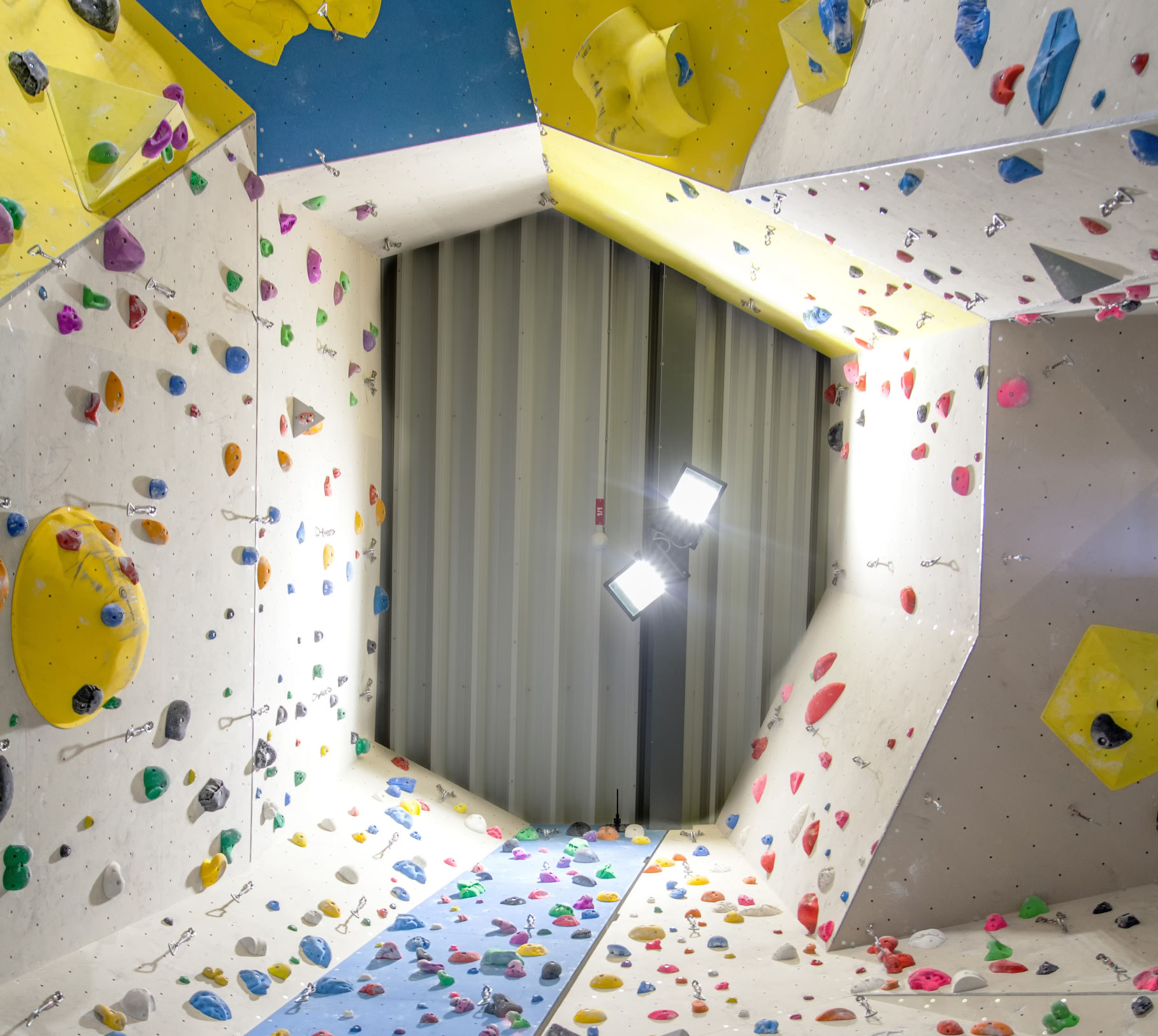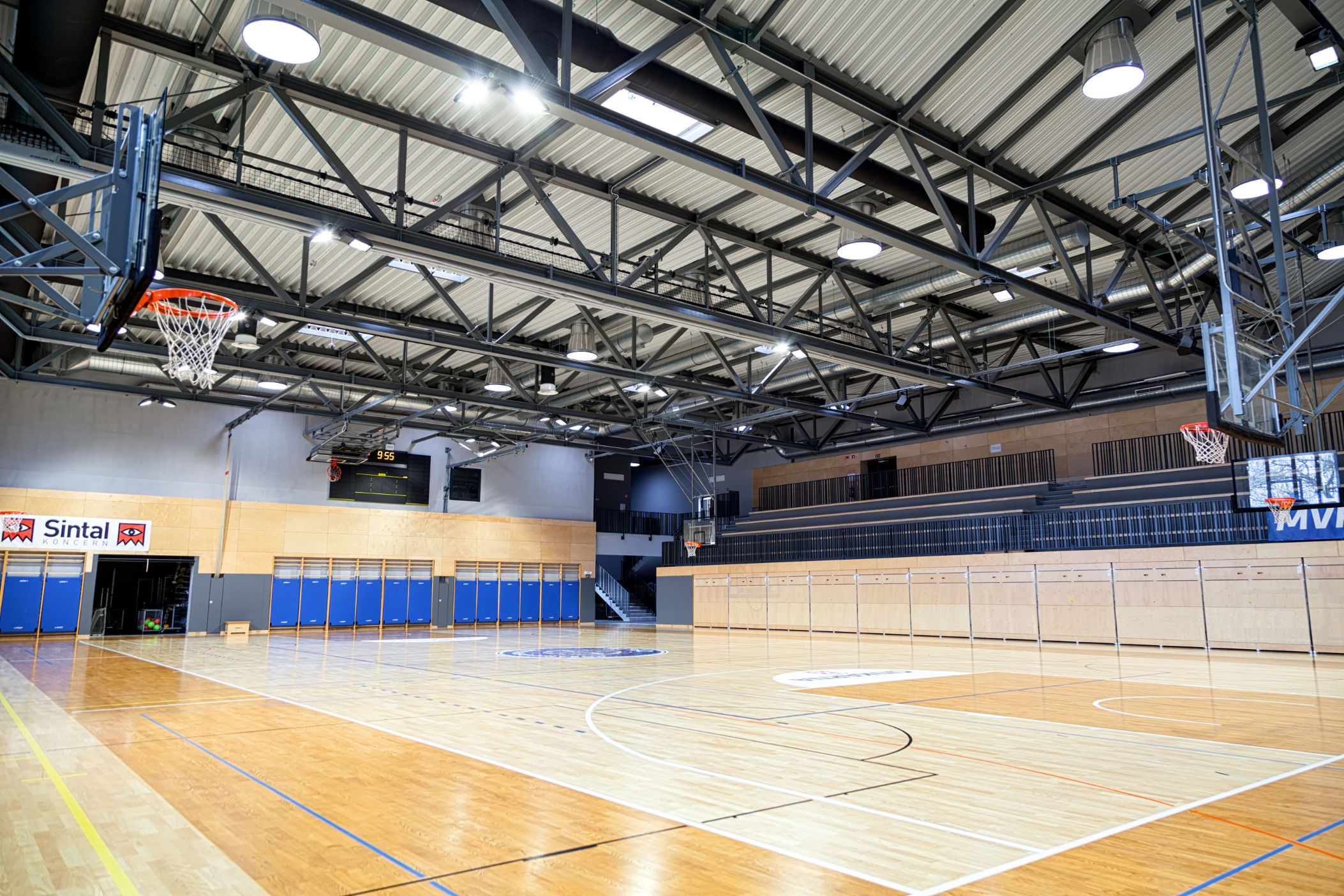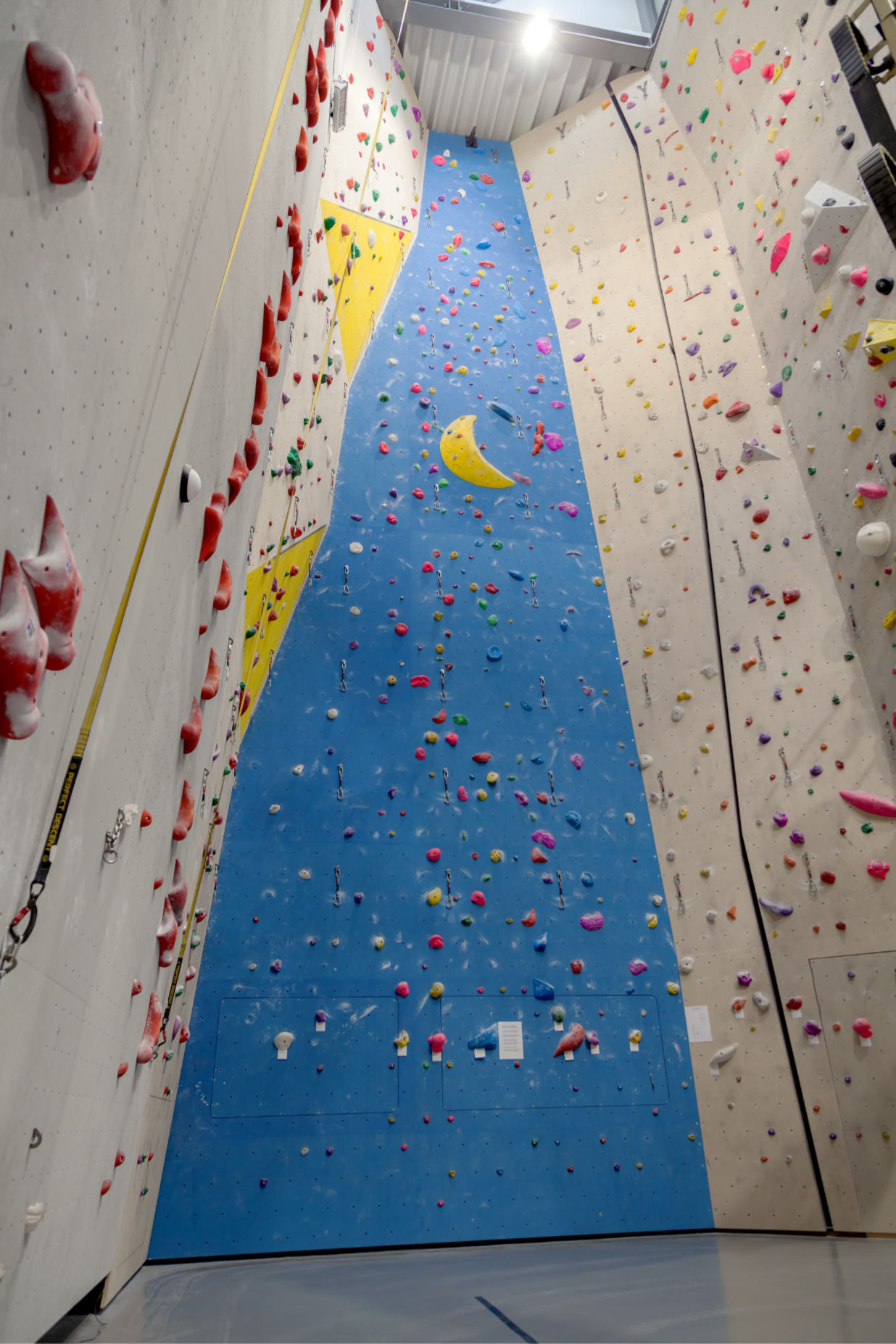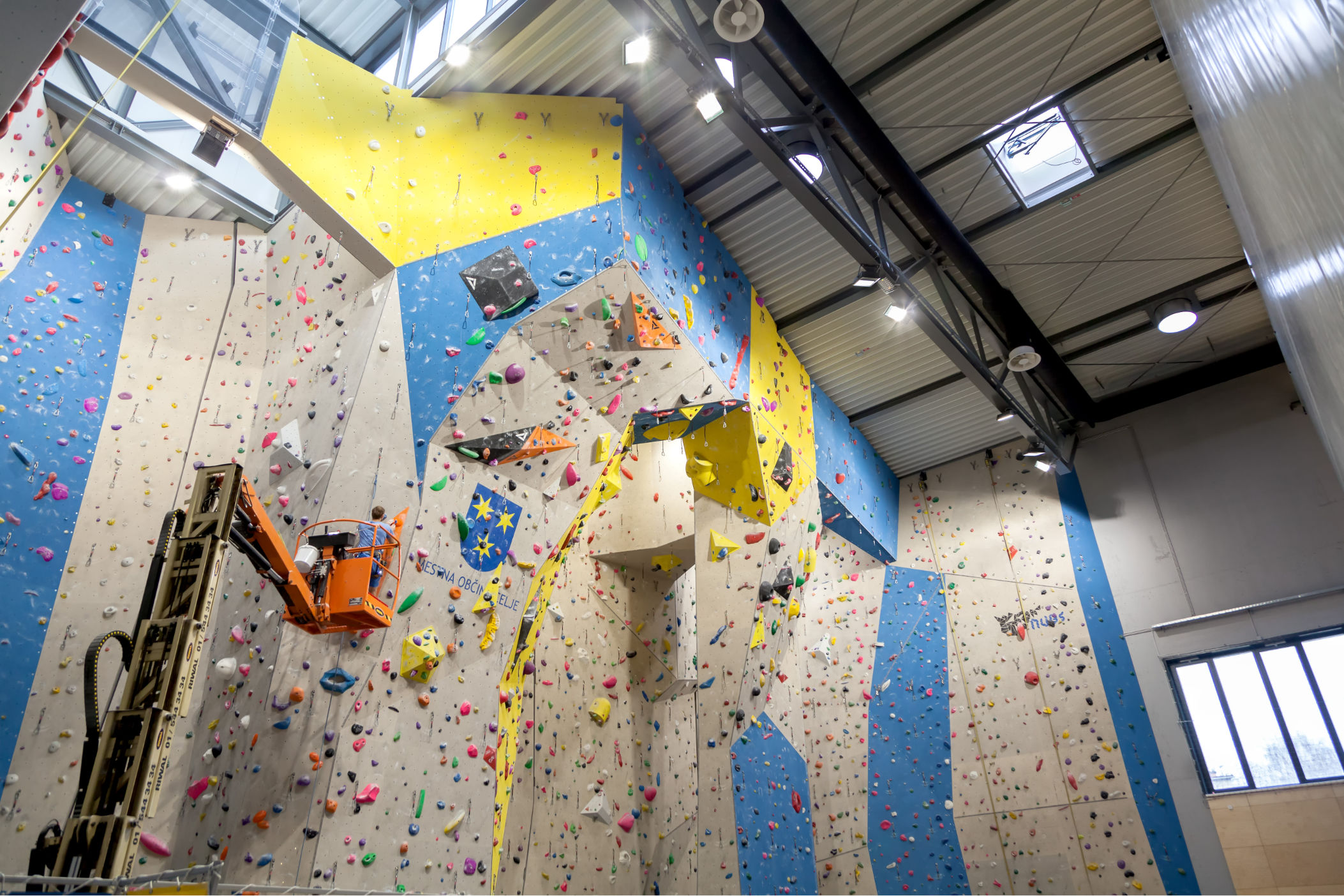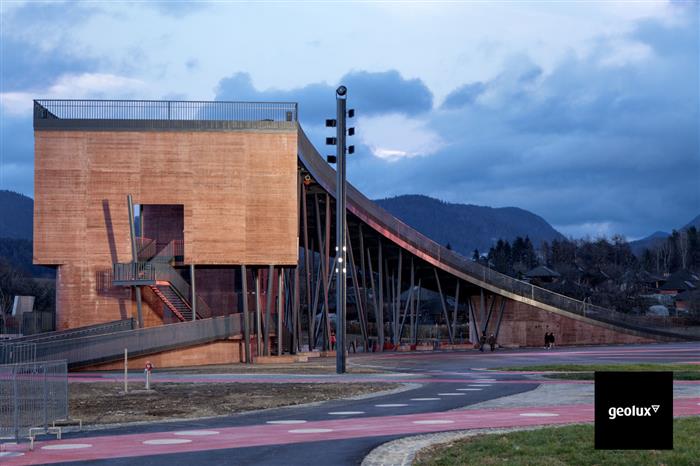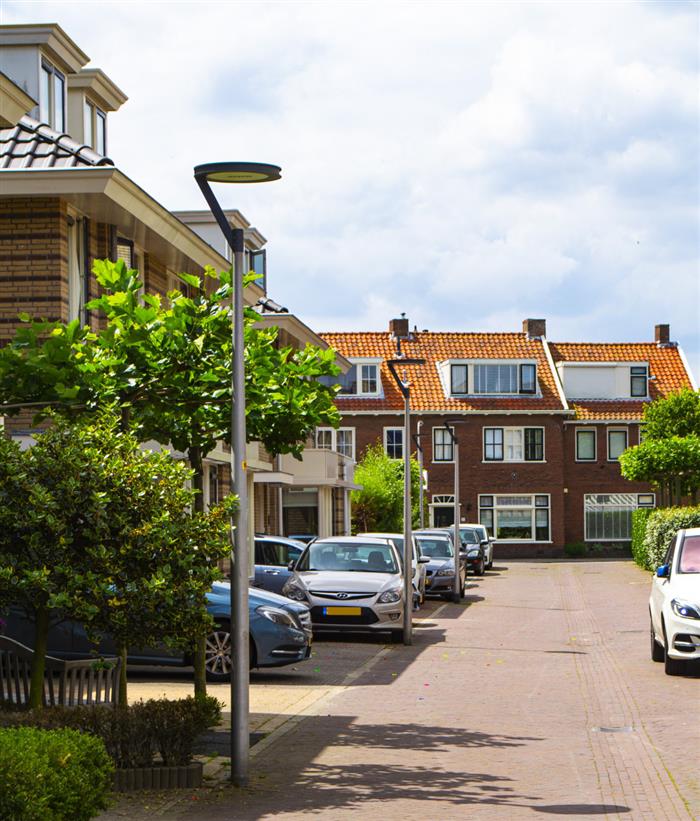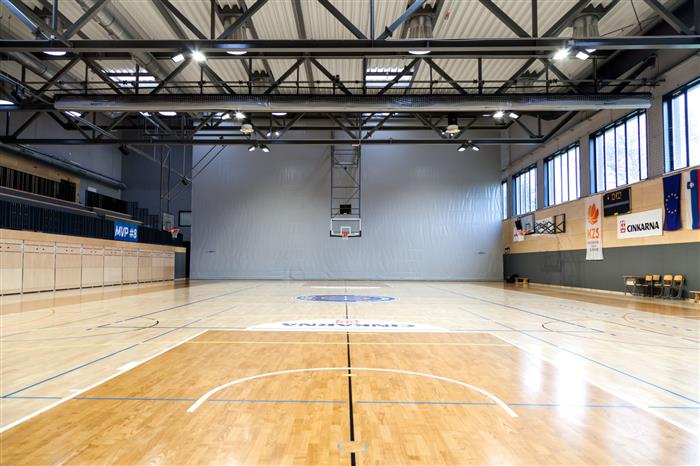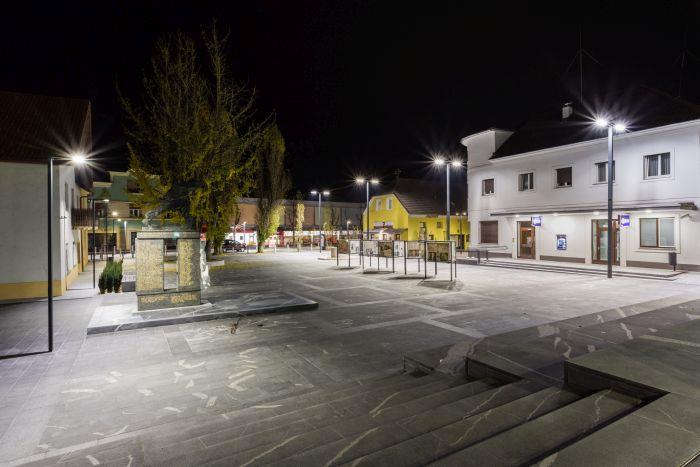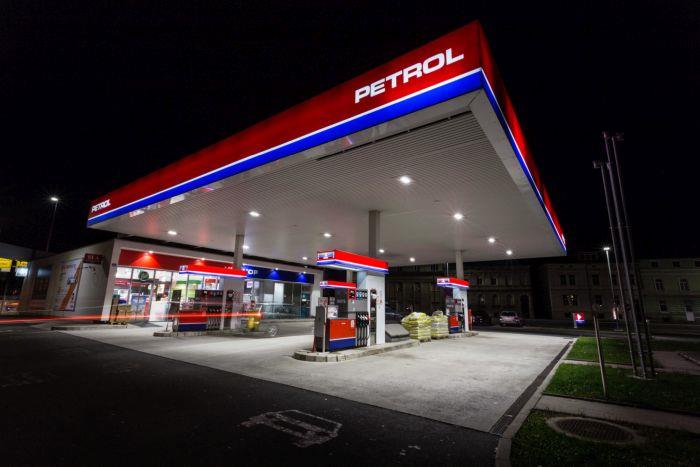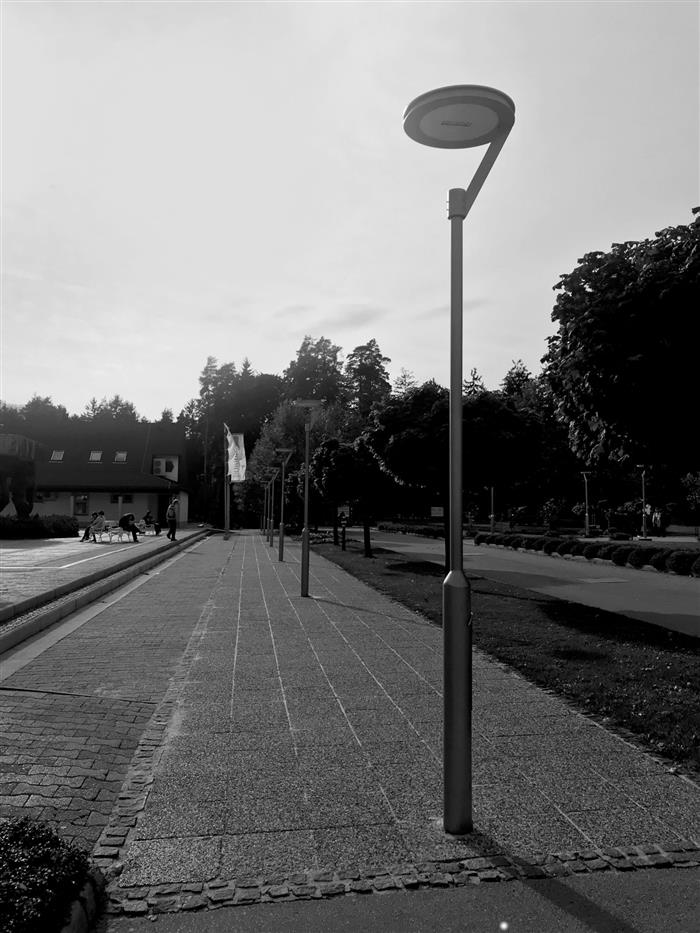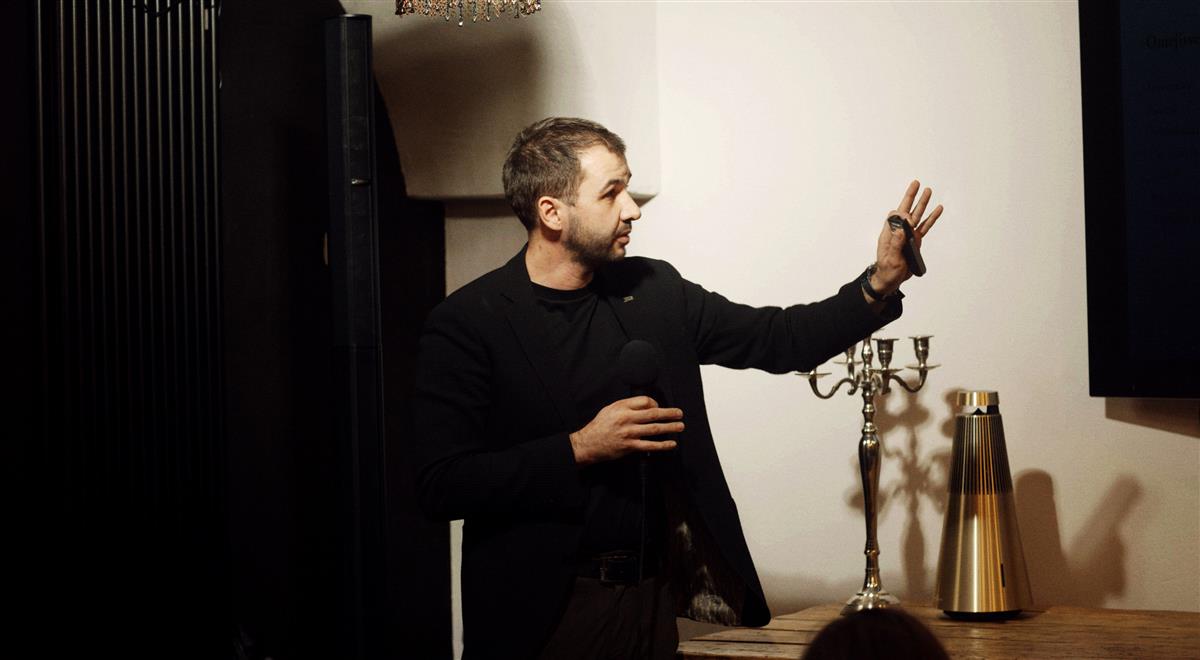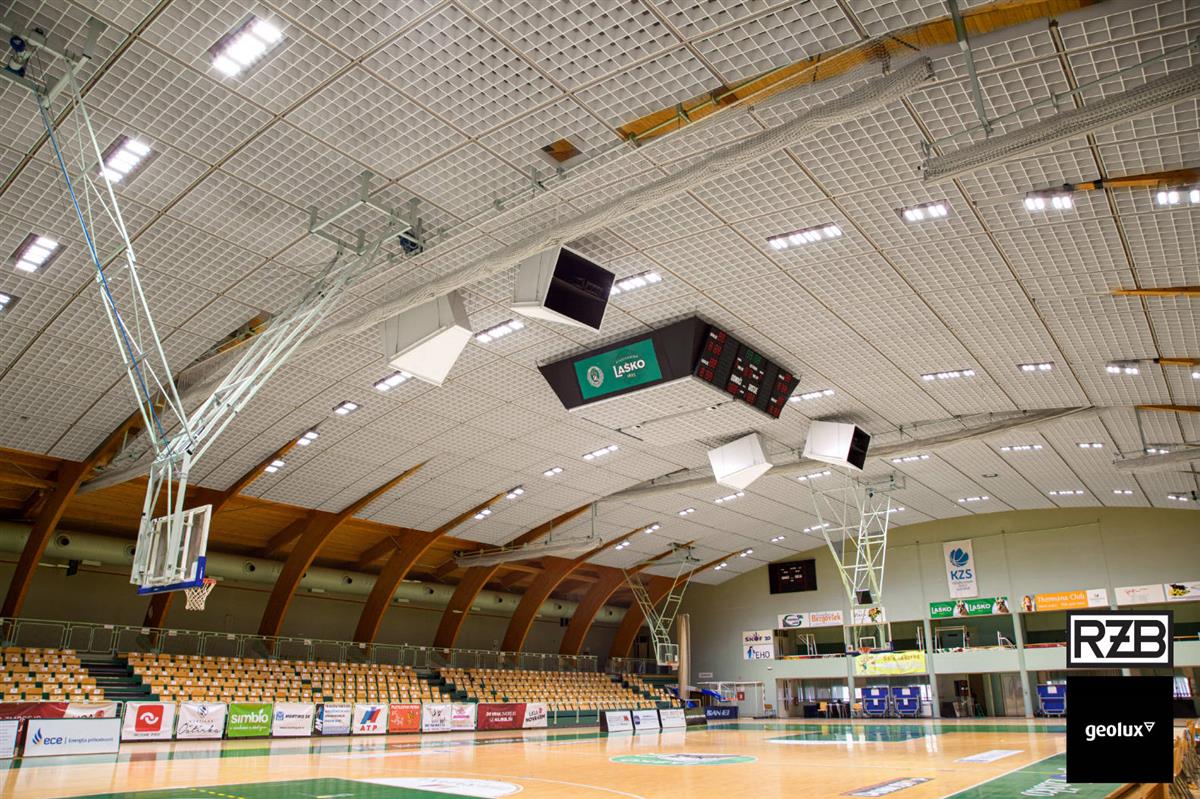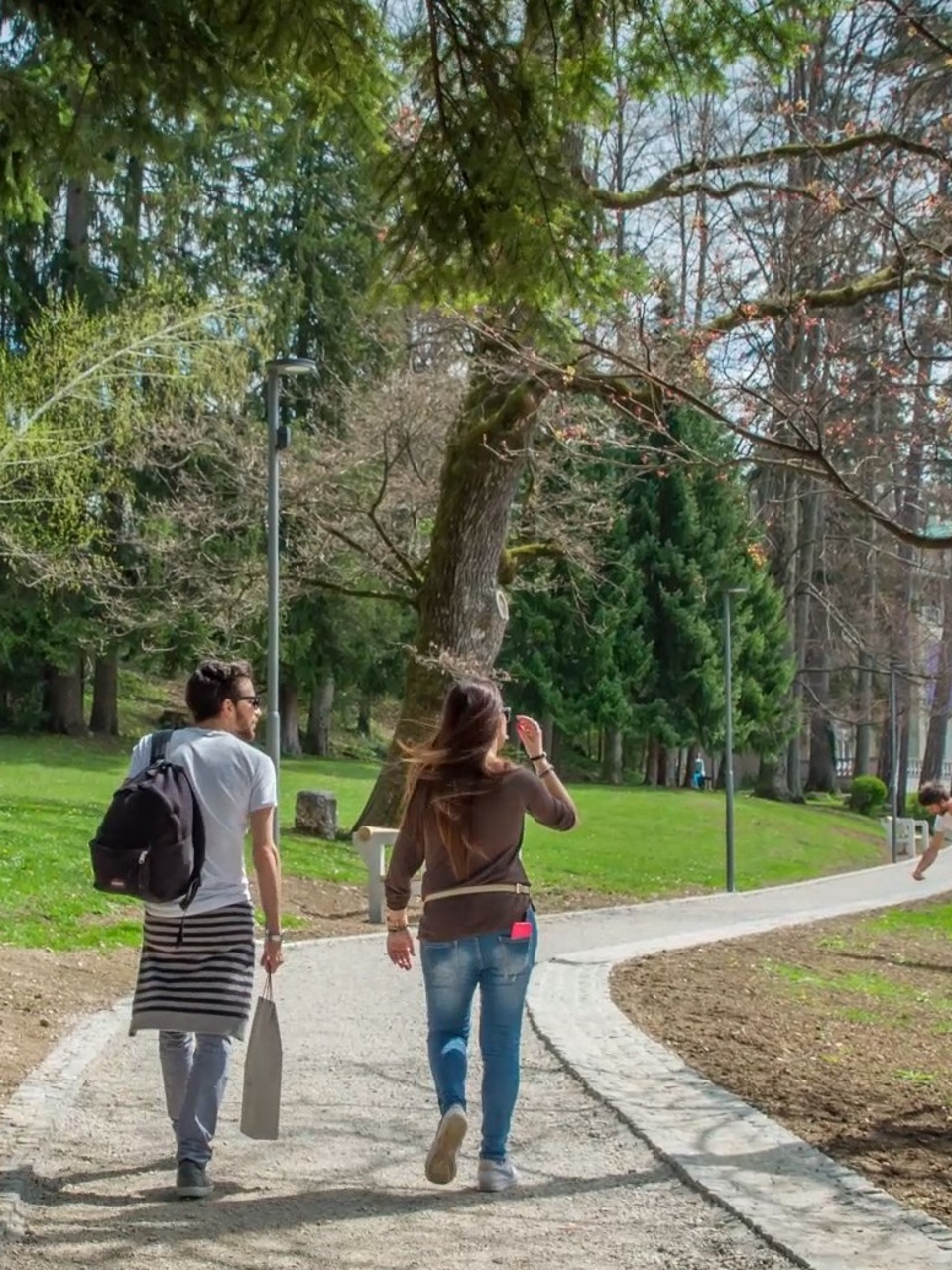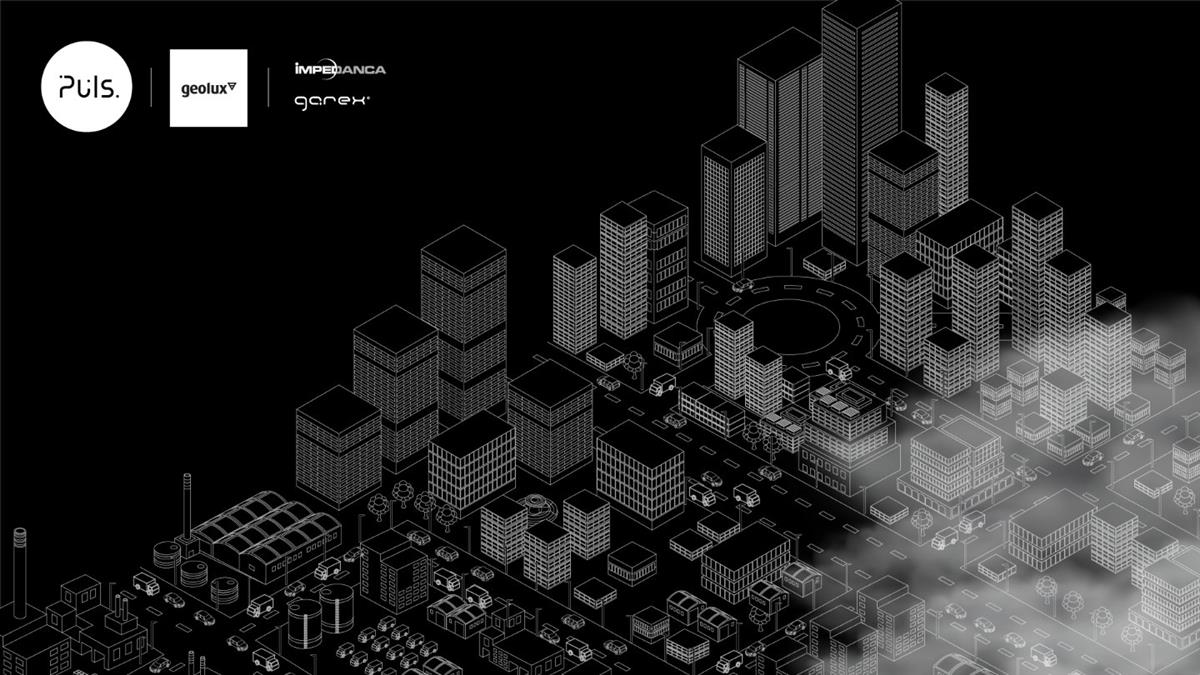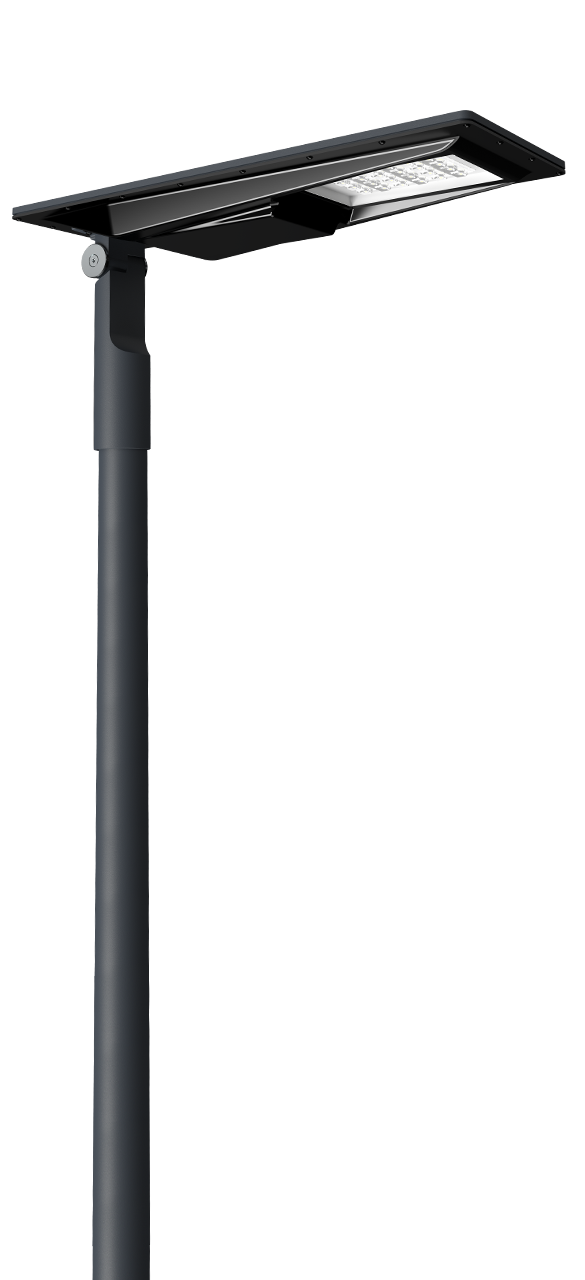Studien Beispiele
COMPLEMENTARY LIGHTING
The gymnasium of Celje’s First primary school provides an excellent example of a complementary lighting system that combines natural and artificial light – the latter provided by the Lightstream luminaires from our German partner RZB – in order to achieve further energy savings and increase the quality of illumination.
When the gymnasium opened in 2018, the pupils and the local community gained a modern facility which conforms to today’s sports standards and requirements. Its climbing walls, which encompass more than 800 m2 and were designed for high-level applications, have also made it a modern climbing center where more than 20 people are able to scale the walls simultaneously. Of particular note is the dedicated wall for speed climbing, the first in Slovenia which allows for competitions in this discipline to be held. With this in mind, we took care that the artificial lighting provided adequate illumination so that events can also be broadcast on live television, if required.
In addition to these impressive climbing surfaces, the gymnasium is also marked by the implementation of an innovative lighting system that combines passive and active approaches to lighting where a mix of natural and artificial light sources
is used to provide optimal illumination levels.
Light shafts located on the roof of the facility, together with large windows, maximize the amount of natural light that reaches the interior. This lighting source is then dynamically supplemented by highly efficient Lightstream LED luminaires which are capable of sustaining optimal lighting for the object’s entire effective surface area. The coordination of artificial and natural light sources is done automatically, with the help of special sensors that communicate ambient light levels to the Dali regulation system which then appropriately adjusts the light output of the Lightstream luminaires to achieve the desired illumination levels.
Combining professional lighting design with environmentally sound construction planning means that today modern lighting technologies do not function in opposition to natural sources of light, but are instead given the role of organically supplementing them, thus allowing for an expanded range of potential energy savings, together with improved light quality.

